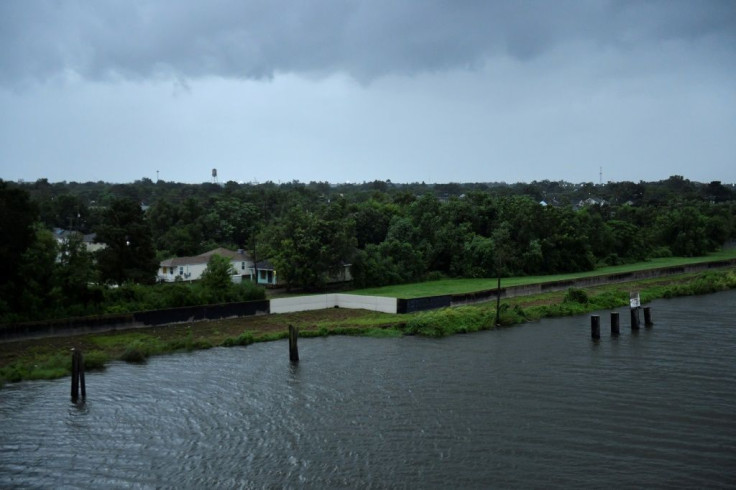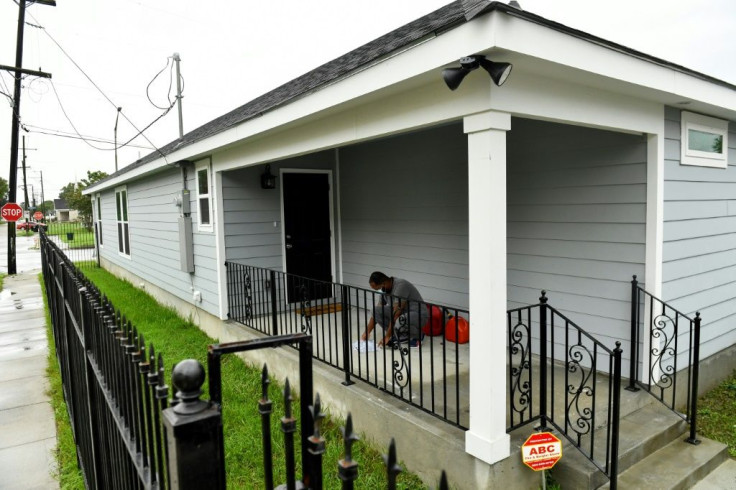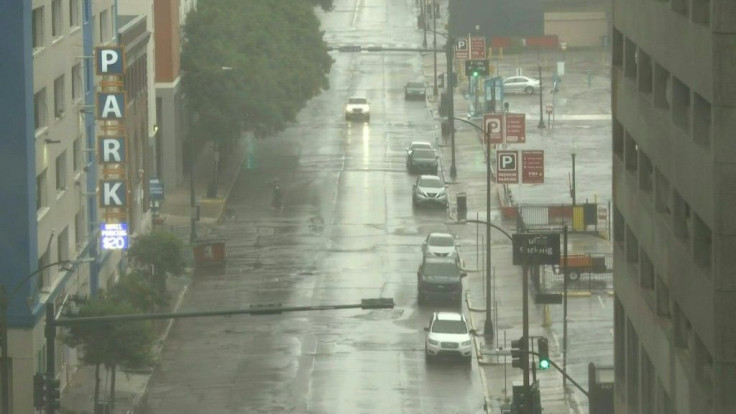In New Orleans, Ida Brings Trauma Of Katrina Flooding Back
Chester Lastie clearly recalls Hurricane Katrina, which devastated his neighborhood in eastern New Orleans, 16 years ago to the day. The memories are made all the more vivid by the gusts of wind from Hurricane Ida currently battering his white house.
"We were sitting in the yard about 11:00 when the levees broke" on August 29, 2005, he tells AFP. He quickly jumped in his truck and headed for the Claiborne Avenue Bridge, high up, where he watched the elements unleash themselves on the Lower Ninth Ward, a working-class neighborhood with a mostly Black population.

He and a friend later went out in a boat. "We saw a lot of people stuck in houses, on the roof, stuck in trees. We saved them," he continues.
Most of the drowning deaths in Louisiana due to Katrina took place in neighborhoods in the east of New Orleans, including the Lower Ninth Ward, according to a report by authorities released three years after the disaster.

Images of roads and houses flooded with brown water from the Mississippi River, which borders the area, were seen around the world, turning the Lower Ninth Ward into one of the main symbols of Katrina's destruction.
Lastie hopes that the damage won't be as bad with Ida. "I don't think the Lord would do that twice," says the 56-year-old, who took more than a year to completely rebuild his house and his other properties after the 2005 hurricane.

His wife Patricia Walker, 53, sporting sparkly sandals and a mouth full of gold teeth, is also a Katrina survivor.
"I went to my attic and waited for the sunlight, and then people rescued me," she recalls.
The chef waited two years before returning to the Lower Ninth Ward, where she grew up.

But many never came back at all, as shown by the multiple plots of weedy, overgrown grass lining the neighborhood's main street, giving it a desolate air.
Before Katrina, "this neighborhood was full of kids in the streets," says Lastie despairingly. "There is nothing anymore, only empty lots."

He points out the places where his neighbors' large, two-story houses used to stand, destroyed by the hurricane classified as a Category 3 out of 5.
Not everyone left. Peter Torregiano lives with his wife and three children in a brand new, pale blue house, construction for which was finished in February.
"I think they weren't prepared during Katrina, but we got the new levee system," he says, as he stands in the rain, prepping the generator he will use if the power goes out.
His house is elevated to prevent flooding, and he proudly shows off the sides of his house, designed to withstand gusts of wind.
Shane Boyington, walking his Labrador retriever George through the rain and wind, shares the same confidence in the new levee system built after Katrina, which cost more than $14 billion.
"It's raised and it has storm windows," he explains, adding that the house was built by the nonprofit Make It Right, founded in 2007 to rebuild the Lower Ninth Ward.
"I'm just praying to God that the levees hold," says Carroll Barriere.
The 47-year-old, who owns a garage and a lot in the neighborhood, hopes that some essential institutions will finally return to this part of the city once Ida passes.
"I plan on building once they get a police station here," he says, getting into his pickup truck as he prepares to ride out the hurricane.
© Copyright AFP 2024. All rights reserved.



















